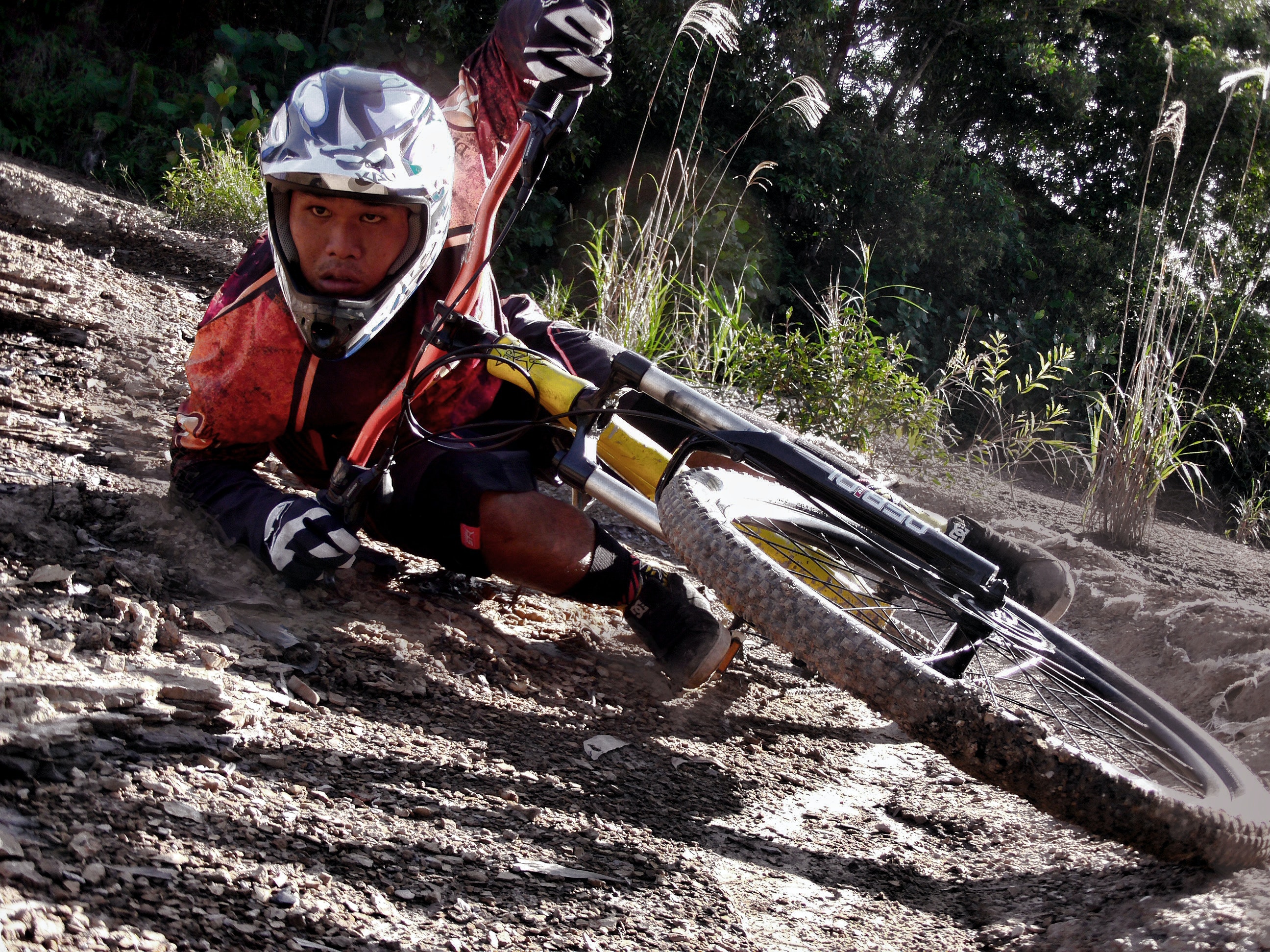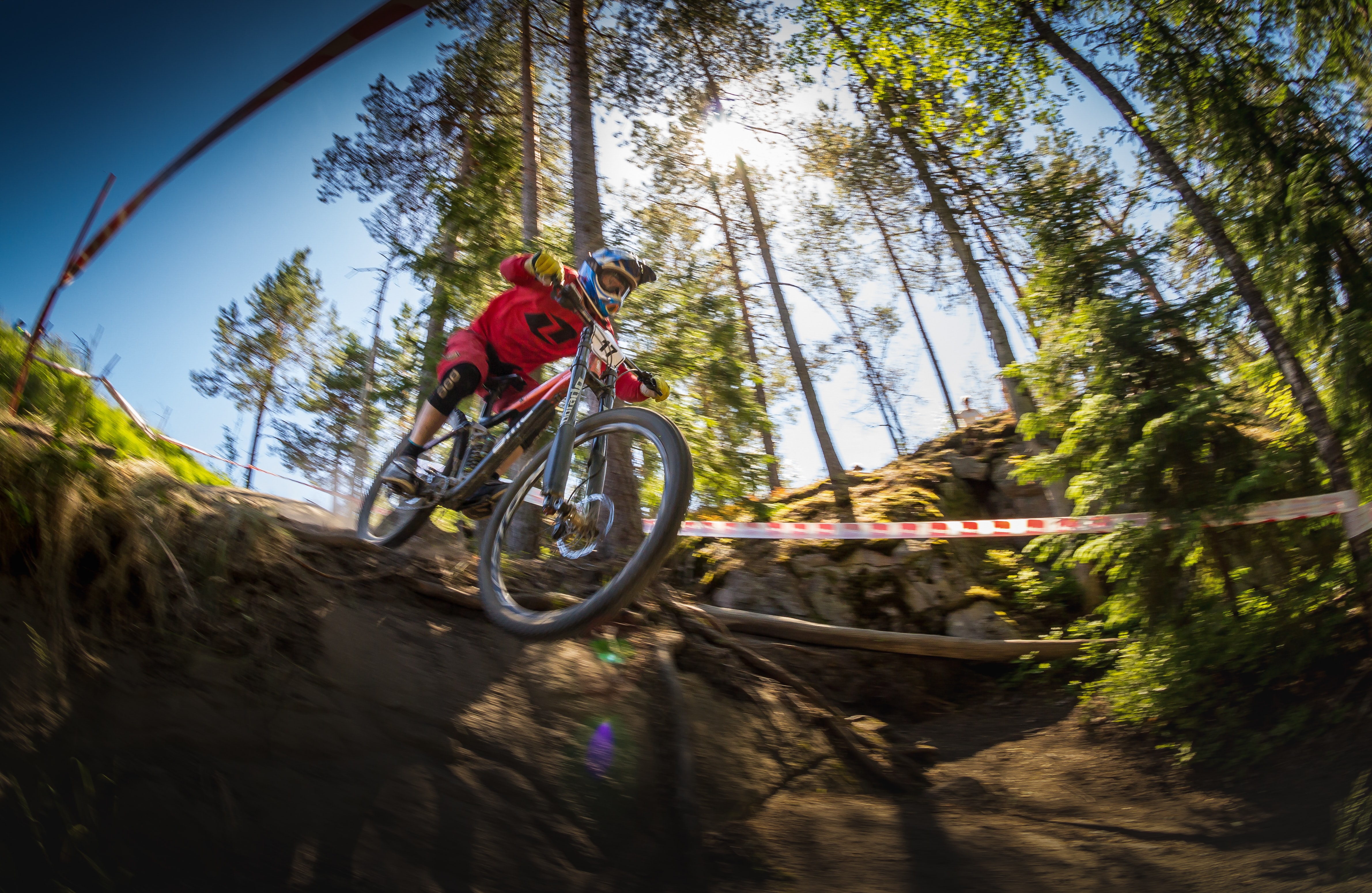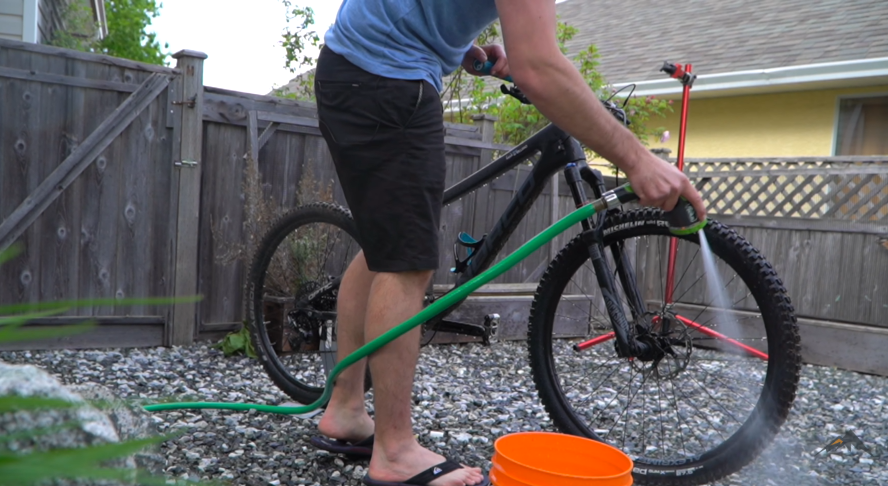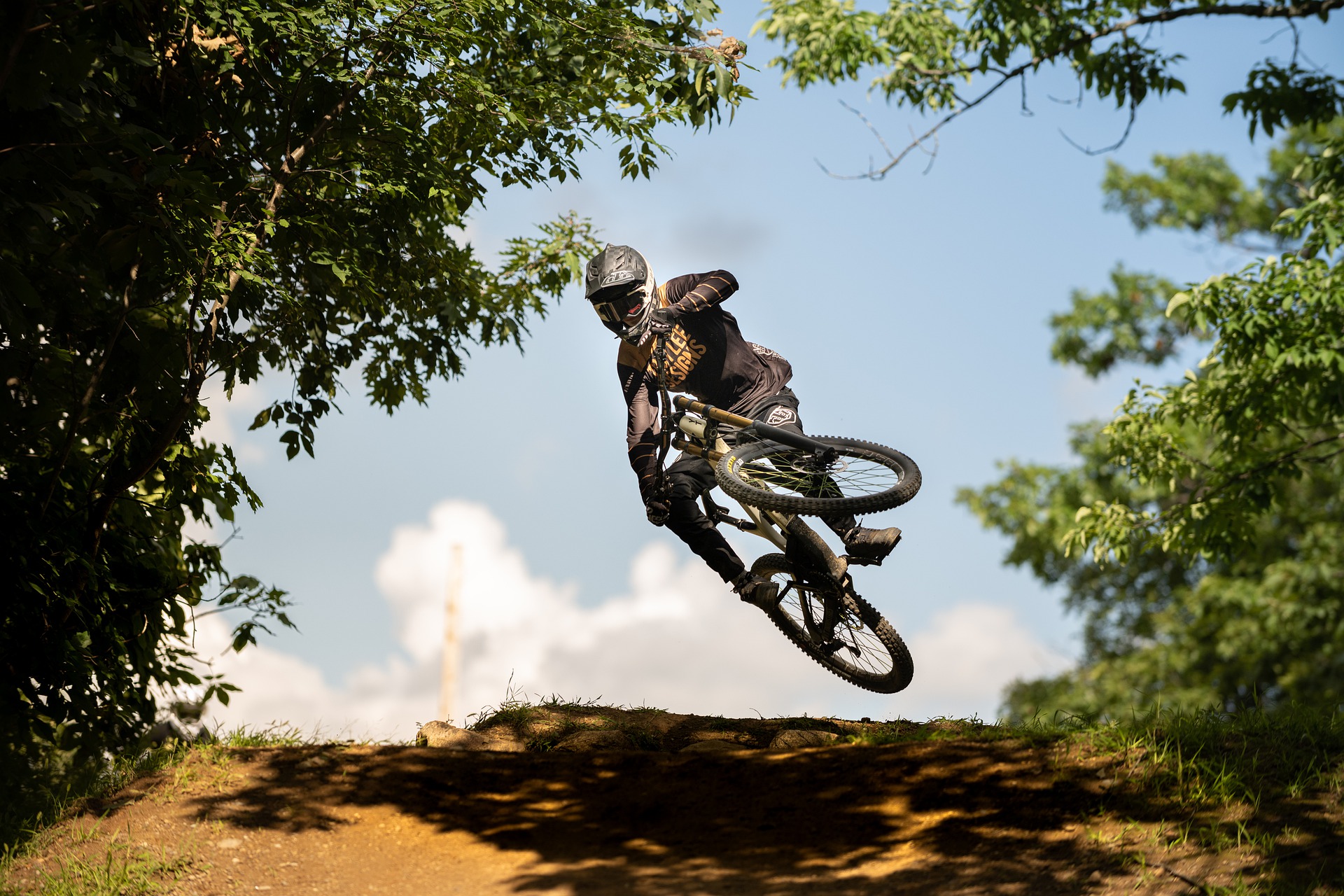Mountain biking offers a sense of freedom like no other sport. It allows you to explore nature's beauty while getting your heart rate up.
It's no wonder the sport has become so popular. However, with great risk comes great responsibility. Injuries range from cuts and scrapes to broken bones and even death. So, is it worth the risk?
Before you head out on your next mountain biking adventure, it is essential to be aware of the dangers involved. Let's discuss some of the risks.
How Dangerous is Mountain Biking?

Just like any other sport, mountain biking has its risks. Injuries can range from cuts and scrapes to broken bones and even death. Mountain biking is a risky sport because it involves high speeds and obstacles. You could easily crash into a tree or rock and seriously injure yourself.
There are three main types of mountain biking risks:
- Equipment failure: Your bike could break or malfunction, which could cause you to crash. Regardless of your skill level, you are at risk of a serious injury if your bike fails.
- Body temperature concerns: When you exert yourself, your body temperature can rise to dangerous levels. This is especially true in hot weather. Dehydration and heat exhaustion are serious concerns when mountain biking.
- Environmental hazards: Many things in nature can cause you harm. A slip on a wet rock, for example, could result in a serious fall. A run-in with a venomous snake or insect could also be deadly. It is important to be aware of your surroundings and take precautions when necessary.
Why do Mountain Bikers Crash?

It doesn't matter whether you're a beginner or a seasoned pro. Anyone can crash while mountain biking. However, most mountain bike crashes are caused by human error.
Some of the most common reasons for crashes include:
- Going too fast: This is the most common cause of mountain bike crashes. When you're flying down a trail, it's easy to misjudge a turn or an obstacle.
- Not paying attention: It's important to stay focused while you're riding. If you're not paying attention, you could easily crash into something.
- Not knowing the trail: Take it slow if you're not familiar with a trail. You don't want to end up crashing into a tree or rock.
- Underestimating the difficulty: Many mountain bike trails are more complex than they look. Know your skill level and pick a trail that is appropriate for you.
If you're planning on going mountain biking, always be aware of the risks. By understanding the dangers involved, you can help prevent yourself from getting injured.
What are the Most Common Injuries in Mountain Biking?

The most common injuries in mountain biking are cuts, scrapes, and bruises. However, more serious injuries can occur. These include concussions, broken bones, and even death.
- Cuts and scrapes: These are the most common type of injury in mountain biking. They usually occur when you crash and slide across the ground.
- Concussions: A concussion is a type of brain injury that can happen when you hit your head. Concussions can be mild or severe and can lead to long-term problems.
- Broken bones: Broken bones are another common type of mountain biking injury. They usually occur when you fall off your bike and land on your arm or leg.
- Death: Unfortunately, death is a risk when mountain biking. This can occur from crashes, environmental hazards, or even heart attacks.
- Saddle sore: Saddle sore is a type of skin infection that can happen when you ride for long periods of time. It usually affects the area around your groin.
- Carpal tunnel syndrome: This is a condition that can occur from repetitive motions, such as gripping the handlebars. It causes pain and numbness in the hand and wrist.
For more information, you can read our article about what mountain biking does to your body.
How Can I Reduce the Risk of Injuries While Mountain Biking?

Ensuring a safe ride while mountain biking requires both the right gear and the proper precautions.
Adjust Your Bike to Your Desired Comfort Level
The first thing you can do is make sure your bike is adjusted to your desired comfort level. This includes adjusting the seat, handlebars, and pedals, the saddle's height and position, as well as the suspension.
It's also essential to ensure that your bike is the right size for you. If it's too big or small, you could have problems controlling it.
Be Aware of Your Surroundings
It's also important to be aware of your surroundings. This includes the terrain, the weather, and any other hazards that may be present.
When riding on unfamiliar trails, it's essential to take it slow and learn your way around. You don't want to end up crashing into a tree or rock.
Wear The Proper Riding Gear
Wearing the proper riding gear is essential for a safe ride. This includes a helmet, gloves, and proper footwear.
It's also essential to wear protective clothing, such as elbow and knee pads. Don't forget this extra step-- it can help protect you in the event of a crash.
Make sure that your gear is in good condition and fits well. If it's too loose, you could have problems controlling your bike.
Increase Your Upper Body Strength
Focus on your upper body strength to improve your ability while riding.
This includes exercises such as push-ups, pull-ups, and bench presses.
Doing these exercises regularly can help improve your balance and stability when riding. After all, mountain biking is all about balance.
Ride Within Your Skill Level
Many mountain bike trails are more complicated than they look. Learn your skill level and pick a trail that is appropriate for you.
Take your time and work your way up to more challenging trails. Don't try to ride a too advanced course for your skill level.
Plan Your Route
Make sure to map out your route and take into account the difficulty of the terrain. If you're not sure about something, it's always better to err on the side of caution and turn.
This way, you can avoid any dangerous areas and be prepared for what's ahead. Never ride beyond your abilities.
Maintain Your Equipment
Regularly maintaining your equipment includes cleaning and lubricating your bike, checking the tire pressure, and keeping all of your gear in good condition.
Doing this can help reduce the risk of any mechanical failures while riding and increase your safety.
Pace Yourself
Don't try to ride too fast. Not only is it dangerous, but you're also more likely to get tired and make mistakes.
Take breaks and rest when needed. Drink plenty of water to stay hydrated and eat snacks for energy.
By pacing yourself, you can help improve your endurance and reduce the risk of injuries.
Is Mountain Biking Worth the Risk?

Despite the risks, mountain biking is an exciting and exhilarating sport.
For many people, the thrill of the ride outweighs the dangers.
But it's essential to be aware of the risks and take the necessary precautions to ensure a safe ride.
Don't let the fear of injury keep you from enjoying the sport. Just be smart and ride within your abilities. Remember the basic safety tips, and you'll be good to go!
Conclusion
Mountain biking is a great way to get exercise and enjoy the outdoors.
By following the tips above, you can help reduce the risk of injuries and have a safe and enjoyable ride. Always ride within your abilities and be prepared for the unexpected.
And above all, have loads and loads of fun!









